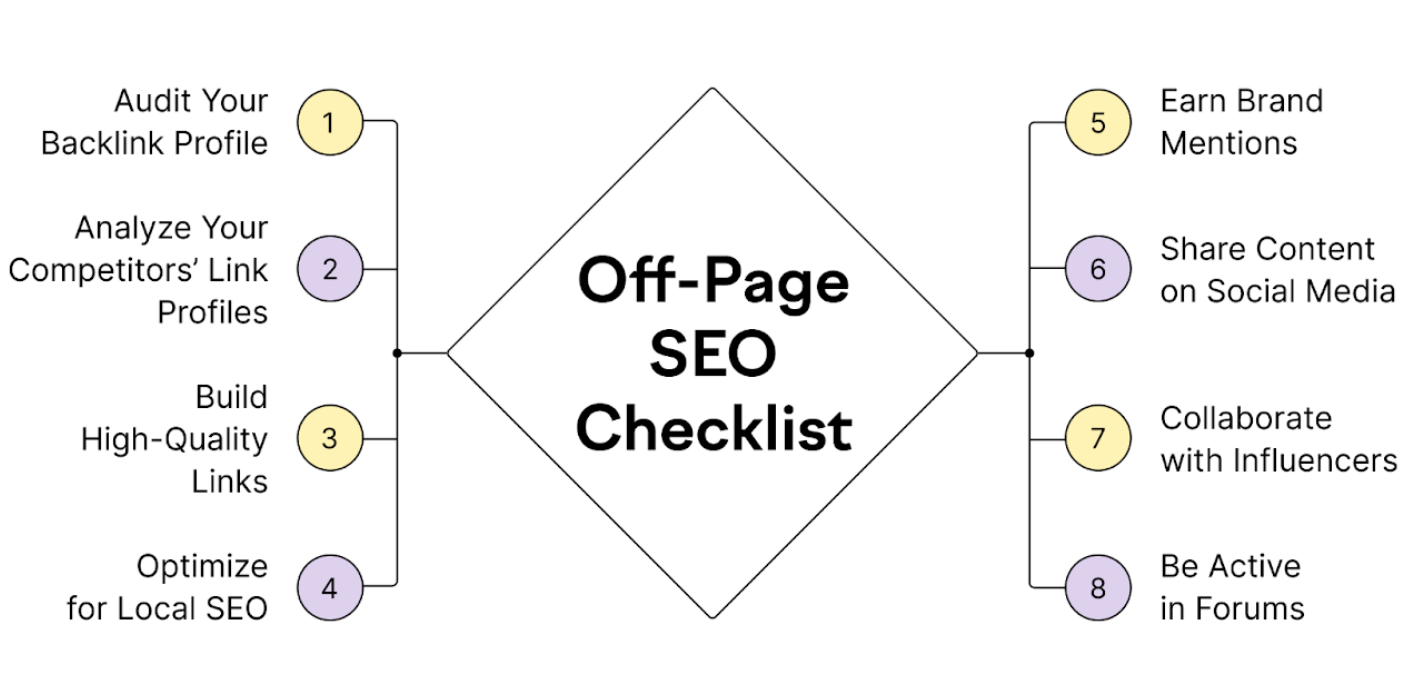In the dynamic landscape of the digital realm, crafting an engaging and seamless user experience is paramount for the success of any website. However, even the most meticulously designed platforms can encounter pitfalls that hinder user satisfaction and engagement. We explore web development intricacies and the essential strategies and actionable insights required to correct user experience errors. From addressing slow loading times to streamlining navigation and optimizing calls-to-action, this guide aims to illuminate the path toward a user-centric design that identifies and rectifies errors and cultivates a positive and enduring digital interaction for visitors.
How to Correct User Experience Errors in Website Development
Here are some common user experience errors in website development, and actionable strategies to correct and prevent them are provided.
Identify Common UX Errors
Understanding the standard user experience errors is the first step towards effective correction. Some prevalent issues include slow page loading times, confusing navigation, broken links, and unresponsive design. Conduct thorough usability testing, gather user feedback, and use analytics tools to identify pain points in your website’s user journey.
Optimize Page Loading Speed
A fast-loading website is one of the most significant contributors to a positive user experience. Users expect web pages to load quickly; any delay can lead to frustration and abandonment. Optimize images, leverage browser caching, minify CSS and JavaScript files, and invest in reliable hosting services to correct this error. Regularly test your website’s speed using tools like Google PageSpeed Insights to identify and address performance bottlenecks.
Streamline Navigation
Confusing navigation is a significant UX error that can discourage users from exploring your website further. Ensure that your website’s navigation is intuitive and straightforward. Use clear and concise labels for menu items, organize content logically, and implement user-friendly search functionality. Conduct user testing to identify navigation issues and iterate on your design accordingly.
Fix Broken Links
Broken links can negatively impact user experience and harm your website’s credibility. Regularly audit your website for broken links using tools like Google Search Console or other link-checking utilities. Once identified, promptly fix or redirect broken links to relevant content. Implementing 301 redirects can help maintain SEO value and guide users to the correct pages.
Ensure Mobile Responsiveness
With the increasing use of mobile devices, having a responsive design is crucial for a positive user experience. If your website is not optimized for various screen sizes, it can lead to frustration and high bounce rates. Use responsive web design techniques to ensure your website adapts seamlessly to different devices. Test your website on various devices to identify and correct any responsiveness-related issues.
Provide Clear Call-to-Action (CTA)
A lack of clear and compelling calls to action can result in missed opportunities for user engagement. Review and optimize your CTAs to be concise, persuasive, and prominently placed on relevant pages. Use contrasting colours to make them stand out and ensure that users can quickly identify the next steps you want them to take. A well-designed CTA can guide users through your desired conversion funnel.
Enhance Form Usability
Forms are integral to many websites, but poorly designed or complex forms can frustrate users. Simplify forms, minimize the required fields, provide clear instructions, and implement inline validation to help users correct errors in real-time. Test your forms extensively to ensure a seamless and error-free submission process.
Conduct Usability Testing
Usability testing is a valuable tool for identifying and correcting user experience errors. Gather feedback from real users through surveys, interviews, or usability testing sessions. Analyze the data collected to understand user behaviour, preferences, and pain points. Use this information to make informed design decisions and continually improve the user experience.
Final Words
In the competitive online landscape, user experience is paramount for the success of any website. Correcting and preventing user experience errors in website development requires a proactive and iterative approach. By identifying common issues, optimizing performance, streamlining navigation, and prioritizing user feedback, you can create a website that meets user expectations and exceeds them, leading to increased engagement and success. Regularly monitor and adapt your website to evolving user needs, ensuring a positive and seamless experience for all visitors.



